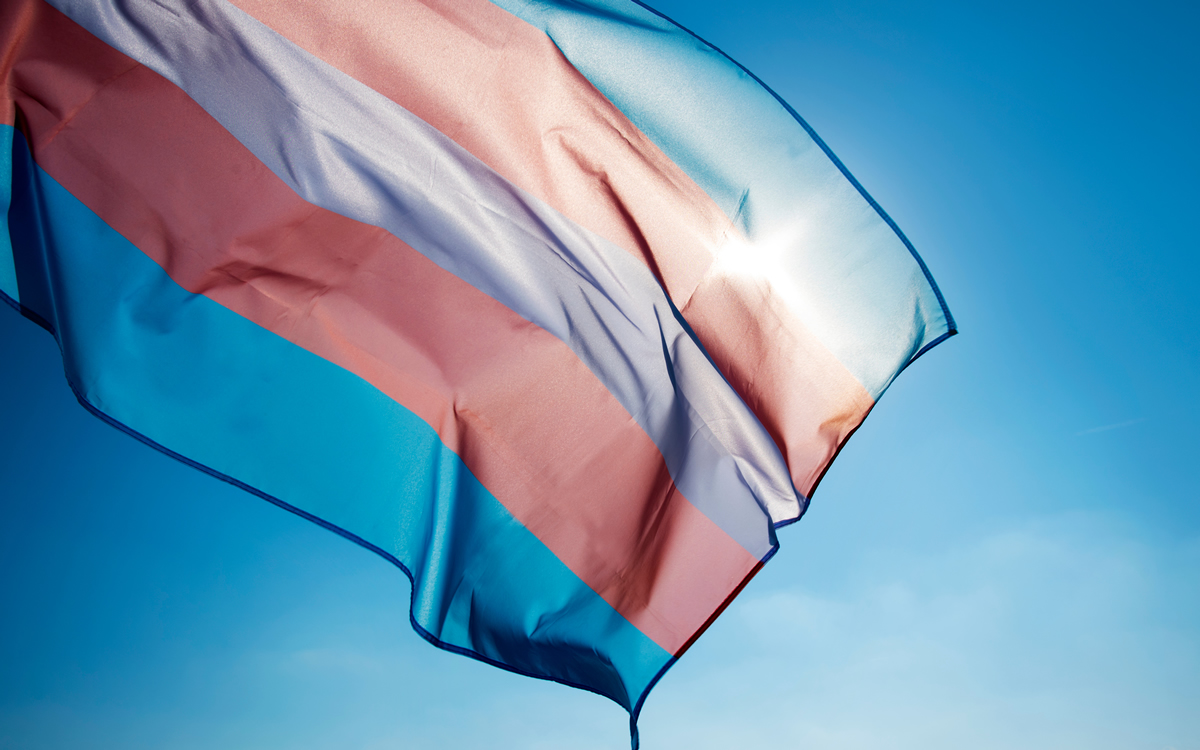
Only 3% of transgender people who have transitioned and are now living as another gender report lower satisfaction rates, with 79 percent saying they are “a lot more happy” after transitioning, according to the preliminary findings of the 2022 U.S. Transgender Survey.
98 percent of transgender people taking hormones are happier with their lives, which is an even higher percentage for those receiving gender-affirming treatment. These figures refute widely held anti-trans media narratives, such as those in the New York Times last year, that trans people feel intense regret or dissatisfaction with their transition.
Over 90,000 trans people responded to the survey, which is more than three times as many as the 2015 survey. This amount quickly surpasses all previous datasets on transgender people because it represents a sizable portion of the estimated 1.6 million trans individuals in the United States. Despite an increase in the number of anti-trans legislation passed in recent years, the vast majority of these trans people report increased satisfaction.
These numbers run counter to recent media stories that trans people regret transitioning and that it does not improve their lives, like those Pamela Paul published in the New York Times. Paul uses the phrase “The Process of Transition Didn’t Make Me Feel Better” to refer to a detransitioner. The release of this survey after the New York Times story highlights the biased coverage, showcasing 4,500 words of regret without even mentioning the words “joy” or “satisfaction” experienced by the majority of trans people. While it is undeniable that transition does not improve outcomes for a small number of individuals.
Following the publication of this information, it should be obvious that detransition and regret are uncommon and do not accurately reflect the typical trans experience. With the exception of a significantly larger 239-response investigation that also included desistance and non-medical transition, perhaps the largest study by Lisa Littman, Pamela Paul’s preferred “rapid onset gender dysphoria” and detransition researcher, was only able to enlist 100 responses from detransitioners after clinical transition. This is despite the fact that popular detransition forums are used as a sample collection method. Why do detransitioners seem to be so very difficult to locate if they are so prevalent? Why hasn’t there ever been a study demonstrating high levels of regret among trans people if regret is the dominant narrative?
Over 370 bills have targeted trans people in the U.S. this season, and many of the discussions surrounding these bills center on the fear of transgender regret. This justification is used by proponents of these bills to support the ban on treatment, and they make no attempt to back down. The “endgame” of this policy, according to Republican legislators in Michigan and Ohio, is to “ban this care for anyone.”
Anti-trans documentaries, which are frequently released by both right-wing media outlets and popular journalists, frequently identify trans regret. The same few detransitioners who support these restrictions are always featured in these films. For care restrictions would have significant repercussions, which would directly lead to a decrease in life satisfaction for the trans people who responded to this survey.
The publication of the survey’s preliminary findings may serve as a clear indication that fact-checks must question claims of extreme regret that are unfounded based on the sources that anti-trans journalists and columnists frequently cite. The fact of gender-affirming care, which has been discovered by more than 50 reports and every significant health organization: that trans people’s lives are saved, is distorted by publishing stories that center on trans regret and portraying them as a popular tale.
Despite this, anti-trans columnists continue to cover the 100 stories found in Littman’s experiments while ignoring or discrediting the various 90,000 reports.
The National LGBT Media Association represents 13 identity papers with a combined viewership of over 400K in print and more than 1 million + online in major markets across the nation. Visit NationalLGBTMediaAssociation.com to learn more.



